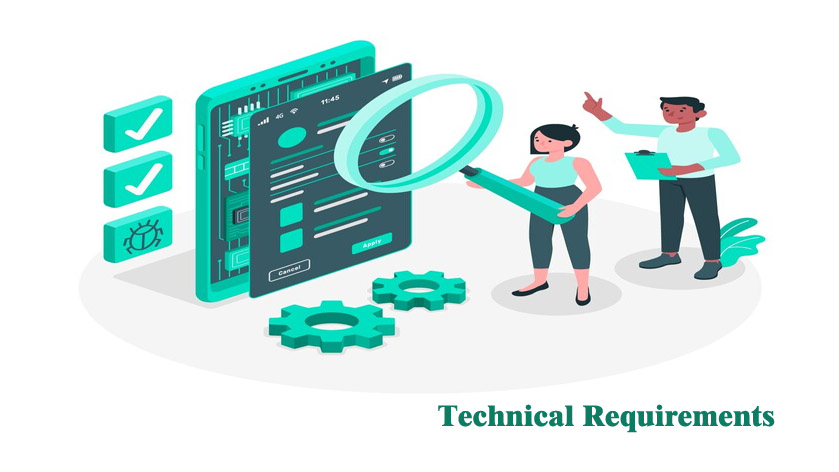Technical Requirements are technical errors that must be addressed to complete the project without issues. These processes include various factors such as availability, performance, and consistency. When we talk about software projects, the technical requirements mean how the software has been built—for example, the operating system or programming language. When interacting with the software work, the software development team, project stakeholders, and clients must glance at the technical project management requirements and know what they can expect in the future.
Different Types of Technical Requirements
Understanding the various technical requirements is crucial since they are essential for software development and the use of technology for projects. In this article, we’ve briefly mentioned a few to overview the technical requirements.
Performance
The most common issue that comes under this type is loading time. If any website takes more than 3 seconds to load, the user experience may need to be corrected due to this issue. So, you need to work on performance issues for proper customer satisfaction.
System Error
Any technical issues that happen in the backend. The user needs to contact the technical team so they can continue using the software as soon as possible.
Human Error
The software will detect when a user has made any mistake and inform them. We humans are inclined to make mistakes and typos, so addressing the mistakes when humans make them will help them solve them and move on with their work.
Security
It is crucial to have robust security in the software to ensure your project plans are safe. The information you collect for work from your clients should be secure, too. An encryption factor in the software can help safely migrate data and keep sensitive data private.
Conclusion
In conclusion, implementing technical issues is very effective for software project management. If you use all the requirements correctly, you can run everything smoothly and control the technology.

